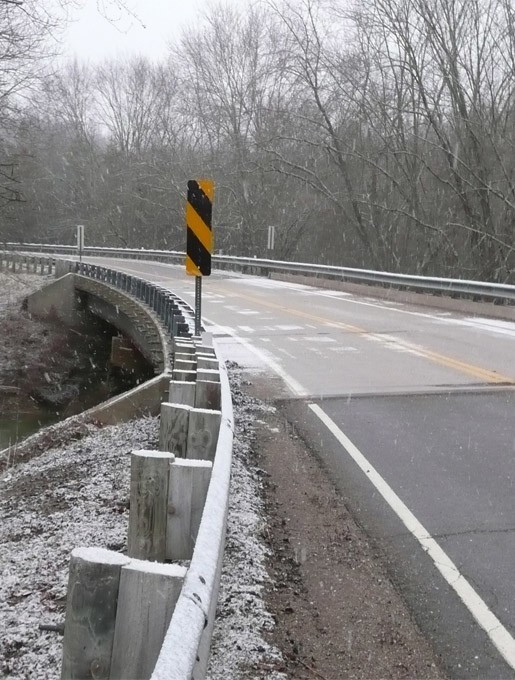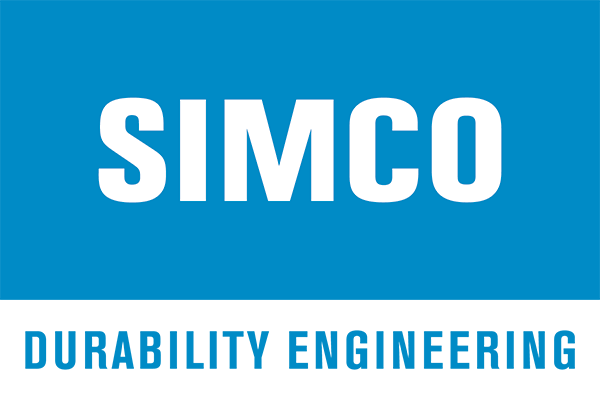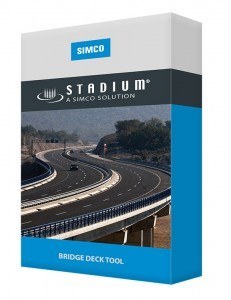
Our solutions
- STADIUM® Mix Design
- STADIUM® New Construction
- STADIUM® Maintenance & Repair
- STADIUM® Infrastructure Asset Management
- STADIUM® UFGS
- STADIUM® CBP
- STADIUM® Lab
- STADIUM® ECO
Featured projects
- Champlain Bridge – Its Last Ten-Year Stretch
- Pulaski Skyway Bridge Deck
Determine if the 50-year-old bridge deck could hold another 10 years until the new bridge is completed
Investigation into the premature failures of bridge deck repairs
STADIUM® Bridge Deck Tool
A Bridge Deck Tool to more accurately assess deterioration patterns
Accurate deterioration models are a critical component in the development of efficient management strategies for bridges and their individual elements. While historical analyses of condition ratings provide some indication of deterioration patterns at the network-level, effective decision-making at the structure-level requires an understanding of all of the factors influencing the service life of the bridge itself.
By using a combination of probabilistic material deterioration modeling and non-destructive evaluation technologies, the Bridge Deck Tool allows for the prediction of degradation at the element level enabling an accurate lifecycle cost analysis that considers a variety of maintenance and rehabilitation strategies for increased safety and cost-effectiveness.
SIMCO’s STADIUM® Bridge Deck Tool is used for testing bridge deck deterioration and for managing reinforced concrete bridge decks, particularly those subject to the application of deicing salts or atmospheric chloride exposure such as from seawater. The method and system behind STADIUM® Bridge Deck Tool are protected by patents: ‘’Method and System for Planning Maintenance Activities for Concrete Structures” (CAN Patent #2,839,056) and “Method and System for Estimating Degradation and Durability of Concrete Structures and Asset Management System Making Use of Same ”(US Patent #9,436,783).
The STADIUM® Bridge Deck Tool utilizes a probabilistic approach to generate a two-dimensional simulation of corrosion risk over time. This information can be used to forecast the location and quantity of damage on the deck and more importantly, it can be used to simulate the effectiveness of repair, rehabilitation and maintenance strategies based on time of intervention.
SIMCO’s unique probabilistic approach can be used during the design and construction phases to develop life maintenance strategies and to establish an objective platform for risk management. It can also be coupled with non-destructive testing and evaluation techniques for the condition assessment of existing structures.
New structures
- Calculate the future performance and service life of deck structures when exposed to different environmental conditions
- Optimize concrete mixtures for specific applications and to extend service life
- Understand the impact of current maintenance strategies on overall service life
- Optimize inspection schedules in accordance to predicted degradation profiles at the element level
Existing structures
- Accurately assess the current condition and residual service life of deck materials
- Consider material variations and uncertain exposure conditions using SIMCO’s probabilistic methodology
- Identify major deterioration mechanisms affecting the structure now and in the future
- Identify structural degradation (e.g. cracks in concrete, joint degradation, drainage blocking) and its impact on future material degradation
- Optimize maintenance strategies with local analysis of degradation
- Determine exposure zones by using the current condition of materials and contamination levels


